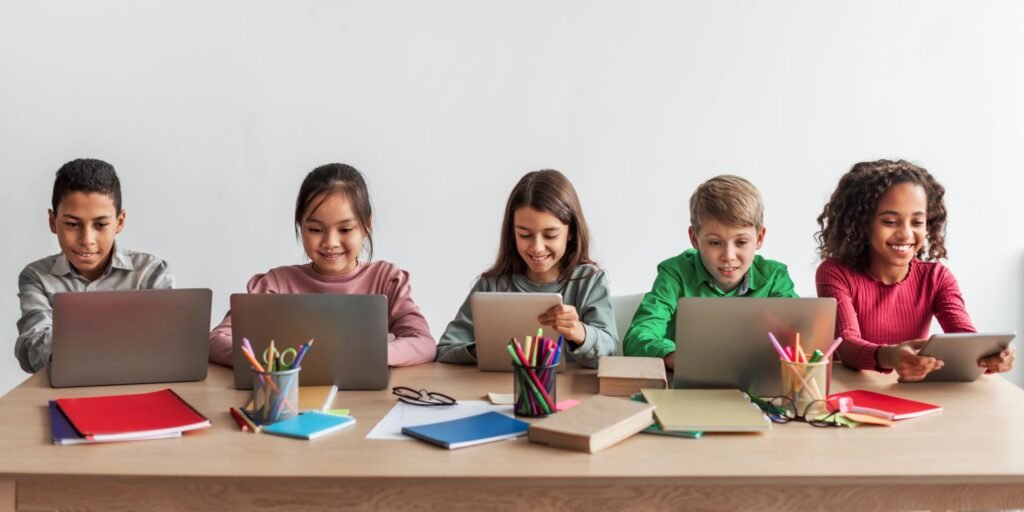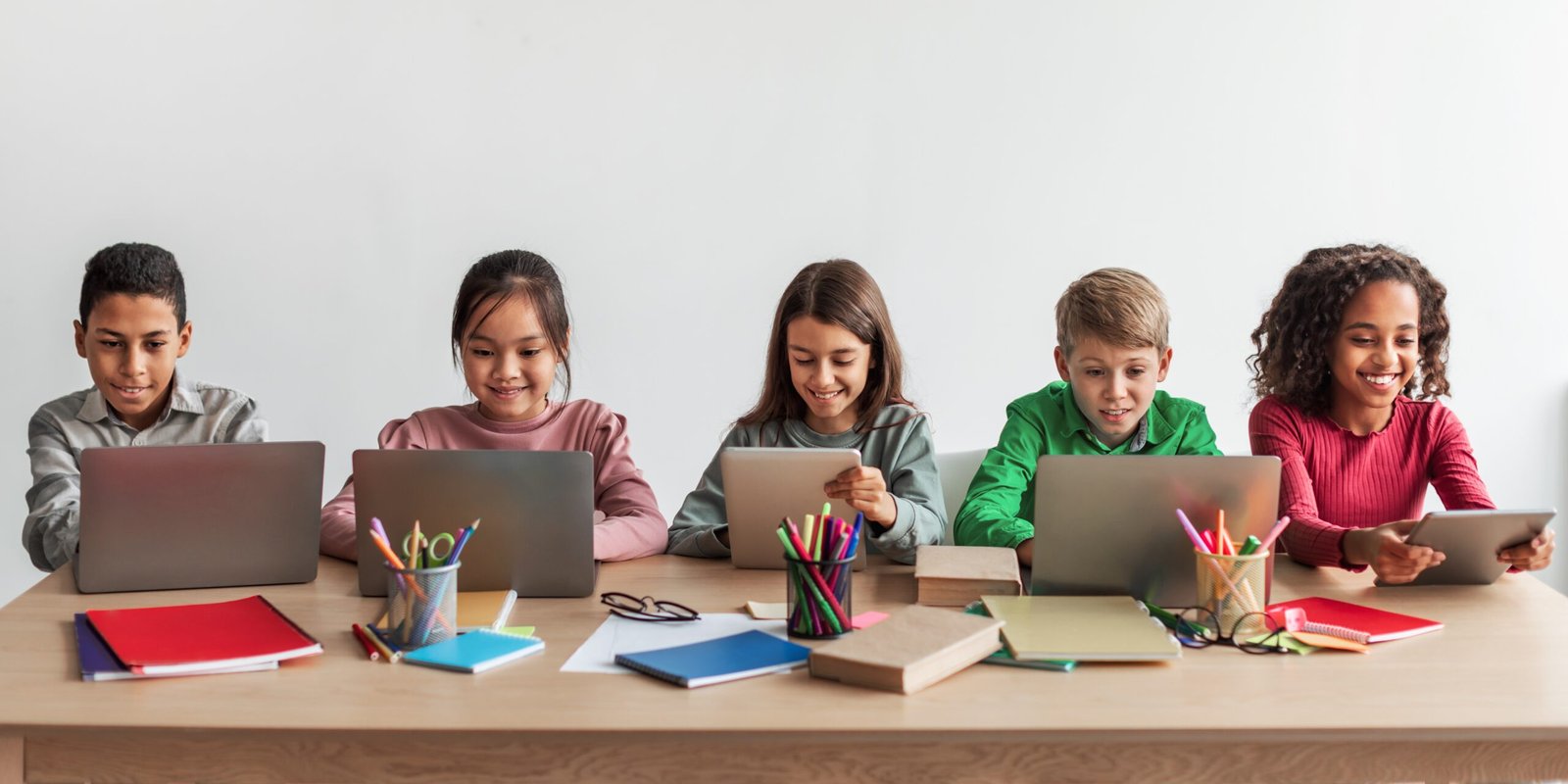In the world of education, we often talk about gifted children and children with special needs as two separate groups. However, there is a group of students who lie in the middle of this spectrum—students known as twice-exceptional, or 2e for short. These are students who have high intellectual ability while also experiencing neurological or developmental challenges, such as ADHD, autism, dyslexia, or other disorders. Although the term “2e” is not yet widely recognized in Indonesia, it is highly likely that students with such profiles exist and are learning in our schools.
2e students are children who are cognitively gifted or even genius-level, yet also face developmental or learning challenges that place them within the neurodivergent spectrum. For example, a student may have an above-average IQ but also experience dyslexia, making reading difficult. Or, a student with sharp logical thinking might have autism, making it difficult for them to socialize and manage emotions.
This combination often makes 2e students go unrecognized. Their giftedness may mask the challenges they face, or conversely, their difficulties may obscure their great potential. As a result, many do not receive appropriate support, feel frustrated, isolated, and even fail to thrive in school environments.
Although the term “twice-exceptional” is rarely used in Indonesia’s education system, the existence of students with similar characteristics is very likely. Many teachers and parents recognize children who are bright, yet often “troublesome” in class, struggle to focus, or appear unmotivated. These could be signs that they have 2e characteristics.
However, due to the lack of awareness about this concept, such students are more often seen as lazy, defiant, or having behavioral problems. Without a proper understanding, the interventions provided may be misdirected.
Why they need a special approach? Because of the unique nature of 2e students—possessing both extreme strengths and weaknesses simultaneously—they require highly individualized and sensitive educational approaches. An approach that only focuses on their gifts ignores their challenges, while one that only addresses their difficulties fails to develop their potential.
Based on an article from ADDitude Magazine by Dr. Michael Postma, here are some pedagogical strategies that have proven effective in supporting the development of 2e students:
1. Give Students Choices
2e students often struggle to focus if the material is not interesting to them. Allowing students to choose topics they enjoy or learning methods that align with their interests can increase their motivation and engagement. This sense of choice gives them a feeling of control and relevance in their learning.
2. Use a 4:1 Praise-to-Correction Ratio
Many 2e students receive more correction than praise due to behaviors that may not align with classroom norms. Yet, they deeply need recognition for their efforts and achievements. Providing four times more praise than correction has been shown to build self-confidence, improve teacher-student relationships, and encourage positive attitudes toward learning.

3. Provide Time to Move
2e children are often overstimulated and have high energy levels. Giving them opportunities to move during the school day—such as active breaks, short exercises, or even tasks that require standing and walking—helps them regulate emotions, increase focus, and reduce stress.
4. Implement Differentiated Instruction
Since 2e students can have very uneven abilities across different areas, it is important to tailor methods, content, and assessments to their needs. For example, a student who excels in math but struggles with writing might be given oral or visual-based assignments. Flexible learning allows them to learn optimally from their strengths while gradually developing areas of weakness.
5. Explicitly Teach Social-Emotional Skills
2e students often face challenges in managing emotions, understanding social norms, or interacting with peers. Therefore, explicit Social and Emotional Learning (SEL) instruction is essential. This includes teaching how to identify emotions, resolve conflicts, show empathy, and build positive relationships.
6. Foster Perseverance
Because they often encounter failure or misunderstanding, 2e students may give up easily or be reluctant to try new things. Teachers and parents need to help them build a growth mindset—the belief that failure is a part of the learning process and that continued effort leads to success. Giving them appropriately challenging tasks and emotional support helps them develop resilience in learning.
When 2e students are supported with the right approach, the results can be extraordinary. They can become creative thinkers, skilled problem-solvers, and leaders in their fields. On the other hand, if they go unrecognized or misunderstood, their great potential can be lost in an inflexible education system.
Many developed countries like the United States are beginning to develop specialized programs for 2e students, both in public schools and alternative educational institutions. In Indonesia, this is a significant opportunity to start developing inclusive education policies that truly consider the diversity of student needs.
Equitable education is not about treating all students the same, but about providing support tailored to each individual’s needs. 2e students are a clear example that every child learns differently and has unique qualities worth appreciating. It is time for us—as educators, parents, and policymakers—to recognize and design systems that can unlock the potential of every child, including those who are exceptional in more than one way.


Leave a Reply